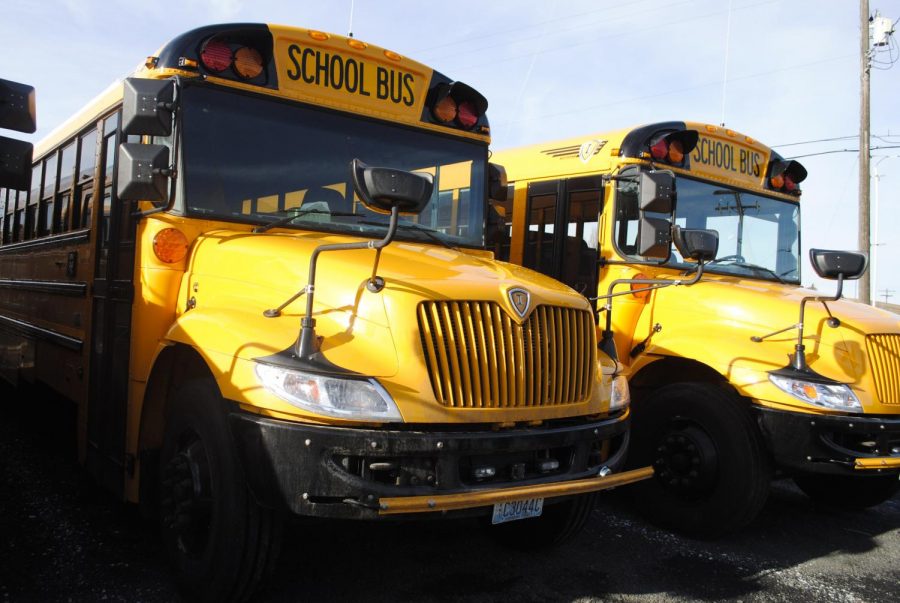Pullman School District receives grant to purchase eco-friendly bus
Electric bus costs $380,000; grant pays for $275,000
ALYSSA STANFIELD | DAILY EVERGREEN FILE
An electric bus looks similar to regular school buses, but the only difference is there is no tailpipe and the Bluebird brand logo is green.
May 26, 2020
A grant from the Washington Department of Ecology will allow the Pullman School District to purchase an electric bus.
The $275,000 grant comes from a settlement that Volkswagen paid to the Washington government in the wake of their emissions scandal in 2015, said Andrew Wineke, Washington Department of Ecology communications manager.
The settlement totaled $112.7 million and is going to pay for 40 electric buses in 22 school districts, Wineke said.
“[The funding] is supposed to be used to reduce pollution,” Wineke said. “School buses are a great way to do it because children are the population most vulnerable to diesel pollution.”
Out of the $275,000 grant, $25,000 will go toward a charging station for the bus and the rest will go toward the bus itself, said Joe Thornton, director of operations for Pullman Public Schools.
The grant will not cover the whole bus, Thornton said. Instead, it will allow the district to pay as much for the electric bus as they do for a diesel bus.
“The total cost of an electric bus is about $380,000,” Thornton said. “Whereas a regular bus is about $120,000 to $130,000. It’s a big difference.”
The remaining money will come from the district in which the funding has already been approved, he said.
The route that the new bus will be running has not been decided yet, Thornton said, but they have an idea of what they are looking for.
“To start with, we have to make sure it’s a route that the bus has enough juice, enough battery power, to complete the route,” he said. “It’ll probably be an in-town route versus some of our more rural routes.”
Thornton said one of the stipulations of the grant is to promote the value of electric vehicles to the community. This means the bus will likely be on a route where the public can see it.
If all goes well, Thornton said the district would like to get more electric buses, but may not be able to due to the price.
“Either the price of electric buses [would need to] come down to compare with the cost of fuel-powered buses or there [would need to be] more grant money available,” he said.
Wineke said the electric school bus will look very similar to regular school buses, with a few key differences. There will be no tailpipe and the Bluebird brand logo will be green. He said there are no real differences in how it functions.
“It’s a typical bus in every way except the diesel emissions,” Wineke said.
The district is expected to purchase the bus in spring or summer 2021 and receive it in the fall.










